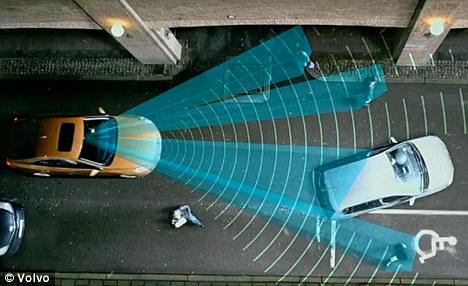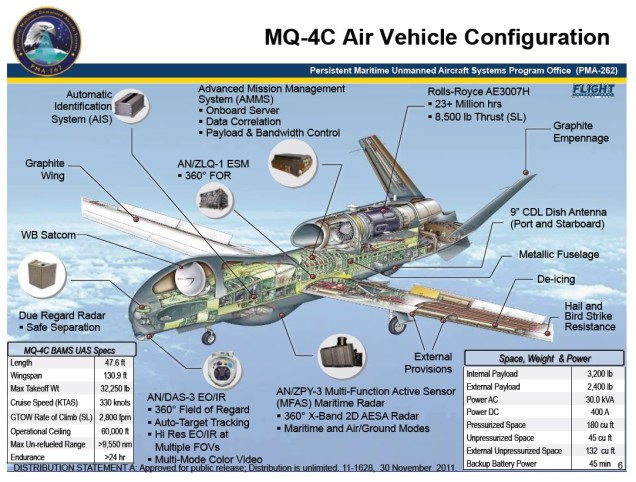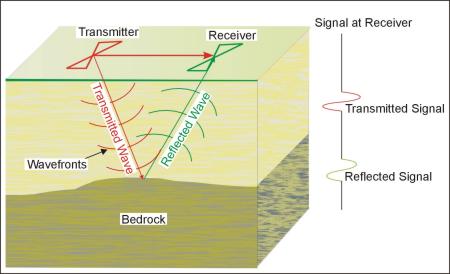Industrial Automation & Sensors Blog
How the R&D 100 Awards Reveal Clues About the Future of AGVs
The R&D 100 recognizes the most critical advances in technology and science. Some of the categories include measurement devices, sensors, telescopes, and other scientific instruments. For 2014, 3 technologies stood out in particular and will serve as critical technology building blocks in the push towards automated transportation.
The first is The Automotive Phased Array Radar developed by Toyota. APAR utilizes a single germanium System-on-Chip (SoC) design and is a Radio Frequency Integrated Circuit (RFIC). Silicon-Germanium (SiGe) integrated circuitry technology is nanotechnology, and can dramatically decrease the cost of radar systems. These RFIC systems are optimized with 16 phase shifters which greatly improve accuracy in detecting pedestrians. This type of logarithmic technique is used in SICK position sensors as well. The RFIC package is only 5.5 x 5.5 mm2 and the beam forming components are printed into the RFIC, saving space, weight and power. Radar technology was always deemed as too bulky and expensive for most distance sensing applications, however this new technology changes everything.

Similar to the APAR, the Airborne Sense and Avoid (ABSAA) Radar Panel is a stepped-notch (logarithmic?) array that uses SiGe chips at the .13um foundry node. The ABSAA is described in less detail, most likely because of its involvement with defense activities and MIT Lincoln Laboratory. Given the small package size of this chip, the entire radar sensor size is dramatically reduced. This makes the ABSAA perfect for drones and other unmanned aerial systems (UAS). The successful implementation of this technology will dramatically accelerate the adoption of UAS drones. Agriculture, disaster response, security and defense, and package delivery are just a few of the potential every day applications.

The last technology that will dramatically change the face of automated vehicles is Localizing Ground Penetrating Radar. Also from MIT Lincoln Laboratory, LGPR can create maps based on signatures inherent in underground structures. This underground map is stable over time and acts as a perfect localization tool for automated guided vehicles. GPS can have periods of intermittency which makes it a less than ideal solution. LGPR maps 3-D 50 x 50m grids and can calibrate with an existing maps database to detect position. This technology is a breakthrough solution in the localization and mapping technology requirement for automatic cars.

A few confluent trends are apparent across these technologies. First, is that the cost of radar technology is coming down dramatically; in orders of magnitude rather than percentages. Another trend is the increased use of this SIGe material for the development of Application Specific Integrated Circuits (ASICs). Use of Germanium is not popular amongst the major silicon foundries. IBM had one Germanium facility that I was able to visit, however this business has recently been sold to Global Foundries. The last trend is the acceleration of technological accomplishments towards the adoption of automated travel. These 3 sensor technologies could also replace some of the standard laser distance sensing technology seen in automation applications. The SiGe RFIC Radar SoC is the type of sensing principle technology that would be perfect for integration by a multi-national sensor supplier such as Balluff, Banner, Baumer, IFM, Keyence, Omron, SICK or similar business.